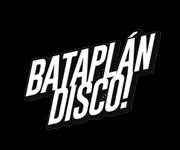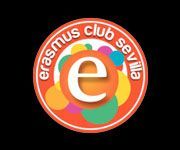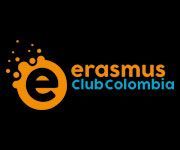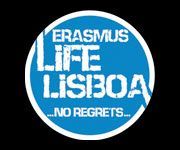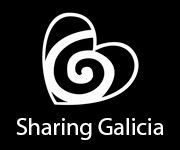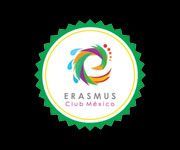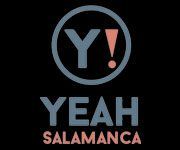What to visit in San Sebastian
San Sebastian is a city that offers a great variety of activities - from wandering through the streets in the Old Town and tasting the famous ‘pintxos’, to strolling along La Concha beach.
-
El Peine del Viento
These famous sculptures are embedded in the rocks just a few feet left over the sea. And when the wind blows hard, the waves are pushed against them. The sculptures are located at the end of the beach Ondarreta and are the best example of human art mixing with incredible natural spectacle.
-
La Catedral del Buen Pastor
This cathedral is the most remarkable religious building of San Sebastian and is the largest one in Gipuzkoa. The floor map is rectangular, formed from a symmetrical Latin cross with three naves, a transept and a chance, and is built with stones from the quarries of Mount Igueldo.
-
The Beach of La Concha
The La Concha beach is the most iconic sight of the city. The beach, known as La Perla, overlooks the cityscape of San Sebastian and has an ambience of elegance. Besides sunbathing and swimming, within the Bay of Concha you can enjoy many shops, restaurants and cafés. From here you can also explore the charminh Old Town.
-
The Old Town
It is probably one of the most characteristic areas of San Sebastian and a center of attraction and fun. It is worthwile to wander through. There you can taste the best ‘pintxos’, typical for the Basque country. In the Old part of the city you can also see the oldest church in San Sebastian built in the 16th century - San Vicente.
-
El Aquarium
Situated at the end of the Bay of Concha, it is the oldest Aquarium in the country and probably the most visited attraction in San Sebastian. Its recent renovations have made it a highly ecological building with a fantastic glass tunnel.
-
Museo de San Telmo

